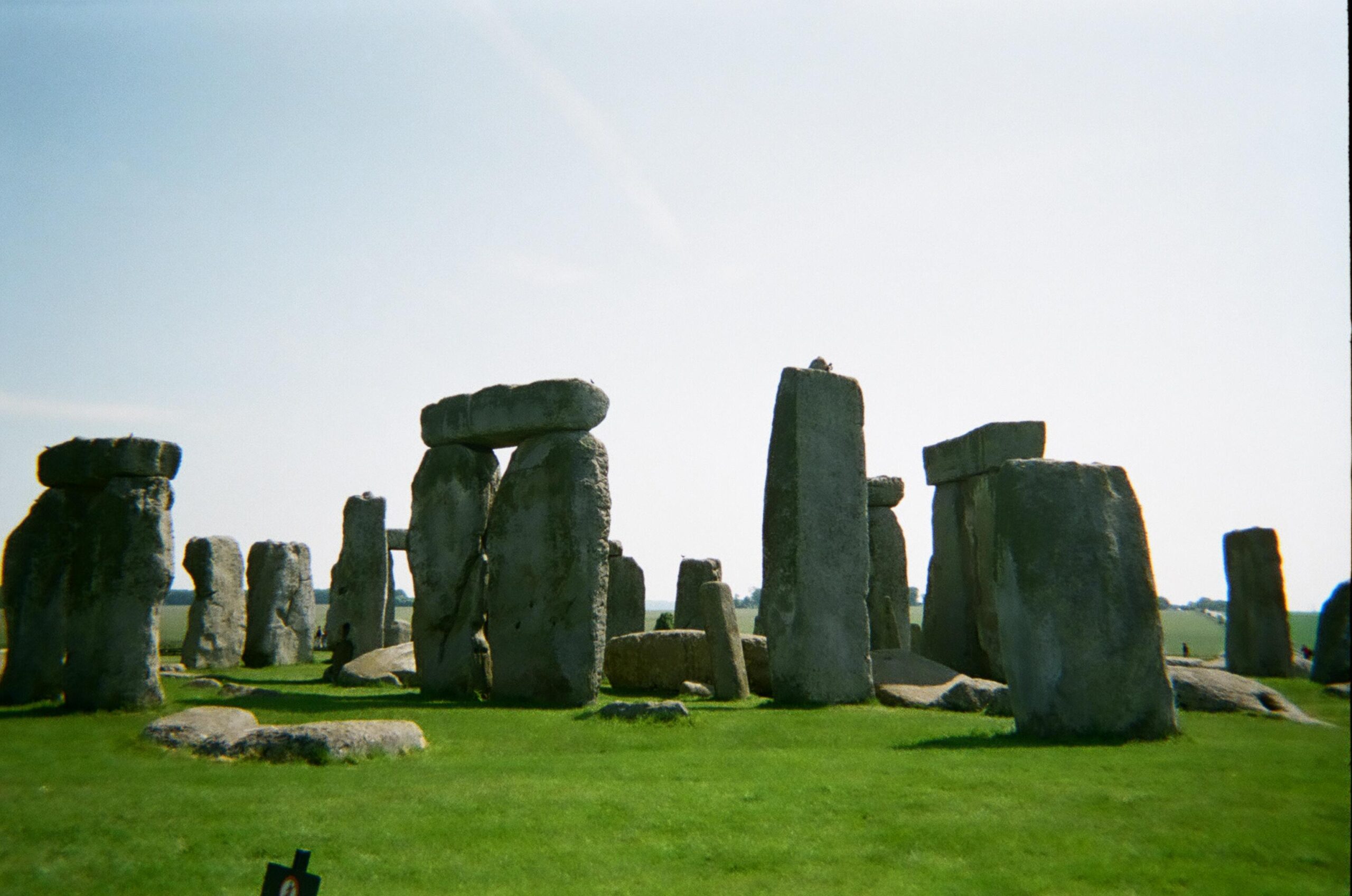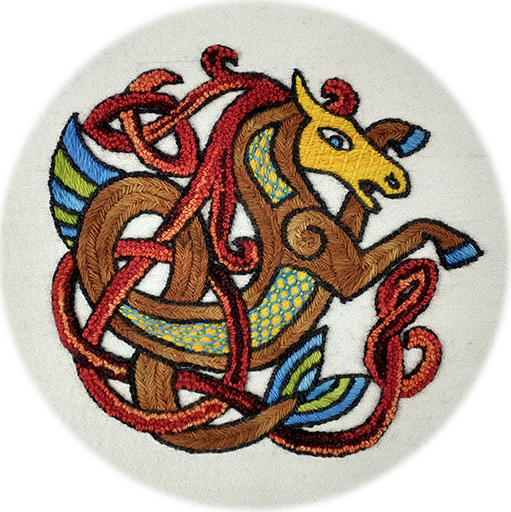Stonehenge

Sometimes, the celebrity we are eager to see is not a person but a place—a place that marks time, myth, and memory incarnate. Such was the anticipation when loading into our private bus the second morning I had stepped foot on British soil. I was in my mid-twenties, fresh out of undergrad in Vermont, and thrilled to be in a realm that had previously only lived in books and documentaries.
It was two days after summer solstice, so we had missed all the druidic ceremony. All the better, perhaps, for we may not have been allowed to attend the sacred site at all. Instead, our small foray of St. Olaf College faculty, alums (my parents had attended this private, Minnesota college), and friends arrived in a parking lot otherwise flurried by a group of chatty, Japanese tourists.
The winding way had been long, across the undulating and nearly treeless Salisbury Plain. In my mind, Stonehenge would be sitting atop a hill. It certainly looked that way in the glorious, panoramic pictures I’d seen. But this was not the case. While I watched the horizon, all was hidden, until we were nearly upon the site. The stones were nestled on a flat stretch appearing as if by magic at the last second. I smiled, realizing perhaps this should not have been a surprise. Keep your gems a little hidden, and your enemies are less likely to destroy them as a statement of their conquest.
We trundled through the darkened tunnel that ducked back under the roadway, emerging on the other side into bright sunlight. Like petrified trees, the sarsens grew ever taller as we stepped towards them, firmly planted in their green, earthen world. In them, I saw survivors, marked by time and reverie, misunderstanding and abuse, neglect and reawakening. These are the remaining bones of a marvelous once was, a cathedral before there ever was such a thing, pointing to the heavens and begging, “Look, learn, wonder! See the great wheel that is time! The secrets can be yours too.”
Everyone put on the small headsets and pressed play on the tape, marching diligently from one numbered stopping point to the next. Everyone but me. For a time, I just watched so many tourist ants following the paved path. “Oh dear, the numbers! It makes everyone walk widdershins!”
If you know, you know. But if you don’t, I’ll let you in on this. One should always walk around a sacred site sunwise, to honor the space. We also call this clockwise. Widdershins is counter-clockwise, and there are many folktales warning against this, for such actions can unlock all sorts of misfortune. Whether you believe this or not, it struck me as horribly uncouth to not at least consider this for the audio tour. Like I said, when you know, you know.
So I began walking backwards of everyone else, hands behind my back, staring up at lintels and sarsens, my ears open to the sky larks of the fields, soaking in this ancient place. The Japanese tourists were likely only going to see the monument once their film was developed, their faces trapped behind their lenses. A few of my tour companions asked what I was doing, and a handful turned and walked the other way around Stonehenge…just in case.
The roped path does not allow one too near the stones—and for good reason, certainly. There was a time when small hammers were sold to tourists, so they could chip off pieces to take home as souvenirs. I shuddered at the thought, seeing the pocked scars of such hubris still scarring the rock.
Shaggy sheep grazed the fields nearby, eyeing us curiously—except for the hills. All around the site, at nearly the exact same distance, were rounded, small hills. Fairy hills, no doubt, with burials. These were fenced off, so the sheep could not graze them, leaving little islands of darker green, tufted with shrubs. The local farmers knew. They weren’t about to let their sheep graze the fairy hills.
Famous places like this can feel a bit jumbled with the energies of all the people coming and going, dragging their worlds with them. I sought the quietest corners, where I could just be in this space with these stones and the remnants of ancient understanding and reverence to which they still clung. But there was also a sadness, for so many had fallen or broken over the ages, some as if they had simply pitched forward in exhaustion from the weight of this cruel world.
Once you were shining, symmetric, a pinnacle of achievement for the hands that built you. I see you holding onto that, Stonehenge, despite all that has happened. I see you, in your perseverance, reminding us that you can still stand for the sacred, even when you are broken. I honor that, just I am honored to have had the chance to stand in your presence.



